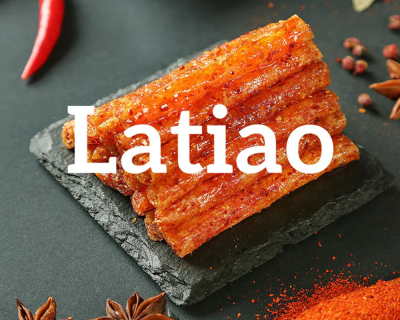
Soy Milk Powder Secondary Packaging: Practical Insights and Technologies
Introduction
Soy milk powder is a popular product in both domestic and international markets, appreciated for its plant-based nutrition, versatility, and long shelf life. While primary packaging such as tins, sachets, and flexible pouches is designed to protect product quality, secondary packaging serves a different purpose. It focuses on efficiency in distribution, retail presentation, and consumer convenience. This article explores the concept of soy milk powder secondary packaging and explains how modern equipment, such as pre-made pouch packaging machines combined with 14-head combination weighers, is applied in this field.
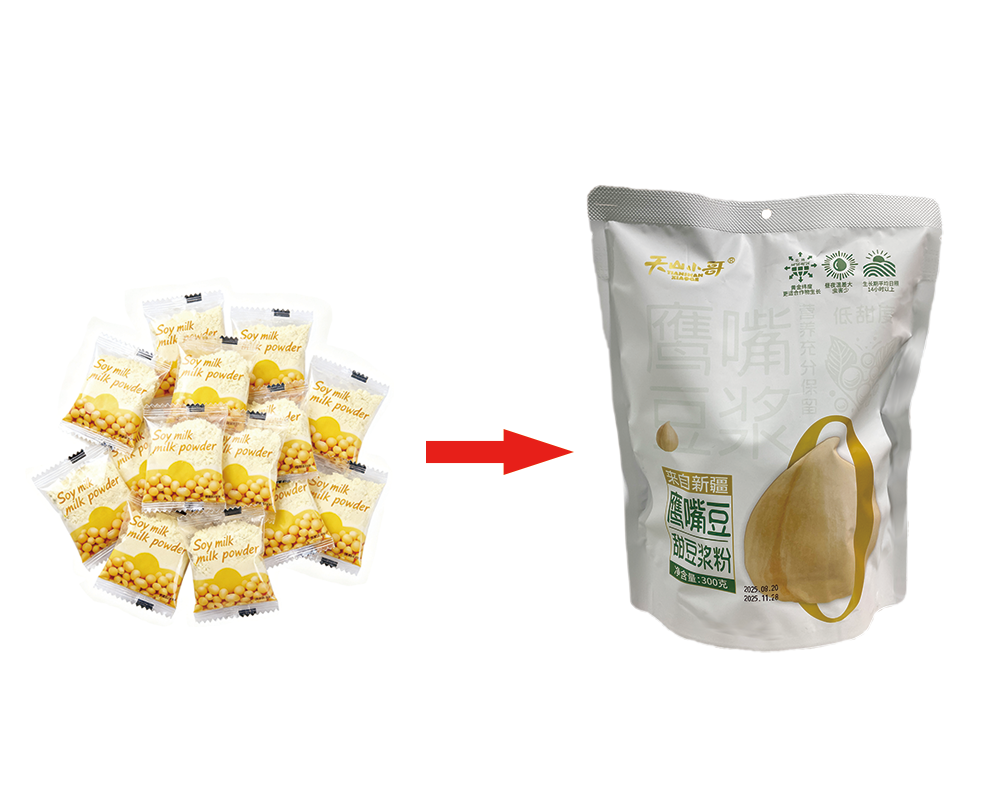
Understanding Secondary Packaging
Secondary packaging refers to the process of repackaging soy milk powder that has already been sealed in its primary packaging. Unlike the initial stage, where product safety and preservation are the main goals, secondary packaging is about creating suitable retail formats, simplifying logistics and handling, enhancing shelf presentation, and meeting market-specific demands. This makes secondary packaging an important link between production and the final consumer experience, ensuring that soy milk powder products are not only safe but also appealing and convenient for global markets.
Common Forms of Soy Milk Powder Packaging
Packaging Format | Description | Typical Use |
Pre-Made Pouches | Sealed flexible pouches, easy to print and display. | Family-size packs, retail distribution. |
Multi-Sachet Packs | Several small sachets combined into a larger pouch. | Convenience packs, promotional bundles. |
Pillow Bags | Simple, cost-efficient flat pouches. | Economy and wholesale markets. |
Carton with Inner Pouch | A rigid carton containing sealed bags. | Export packaging, premium branding. |
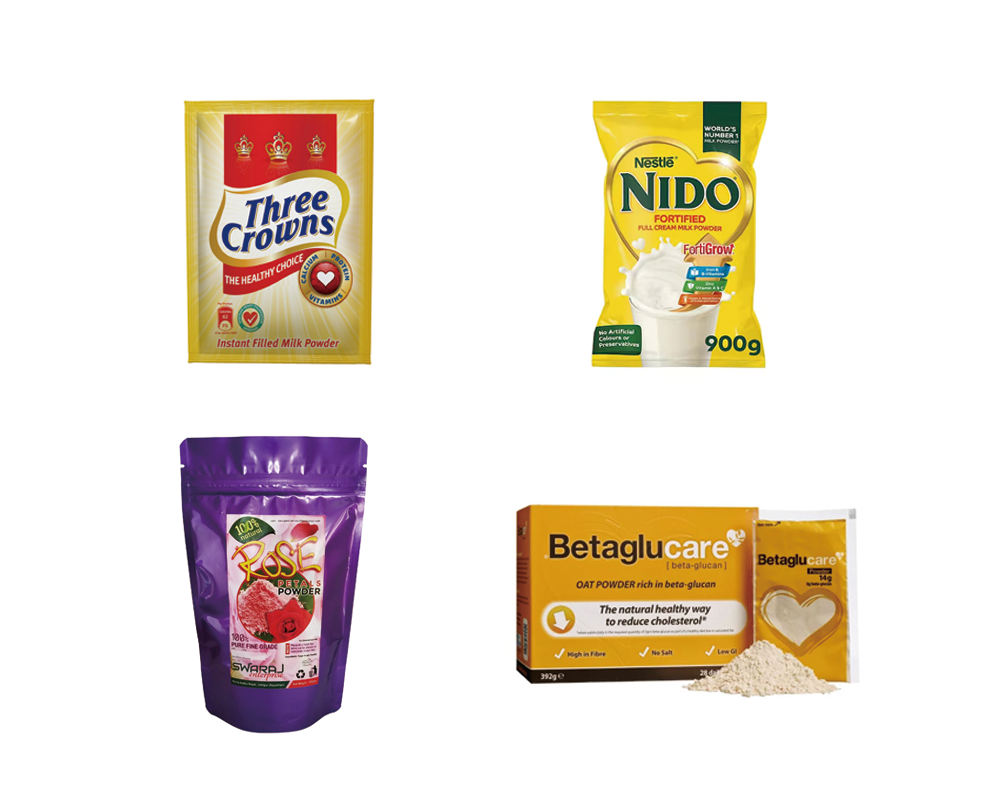
Role of Packaging Machines in Secondary Soy Milk Powder Packaging
In practice, repacking bulk soy milk powder or sachets requires consistency, accuracy, and hygiene. Manual repacking is labor-intensive and prone to inconsistencies, which is why automated solutions are widely applied. A pre-made pouch packaging machine offers the flexibility to handle different pouch sizes and materials. When combined with a 14-head combination weigher, it ensures accurate filling of powder into secondary packs. The combination weigher is designed for free-flowing powders, providing precise weight control, which is essential for maintaining uniform pack sizes and avoiding product giveaway. This integration allows processors to efficiently convert bulk or multi-sachet products into consumer-ready packages, suitable for supermarkets, e-commerce, and wholesale channels.
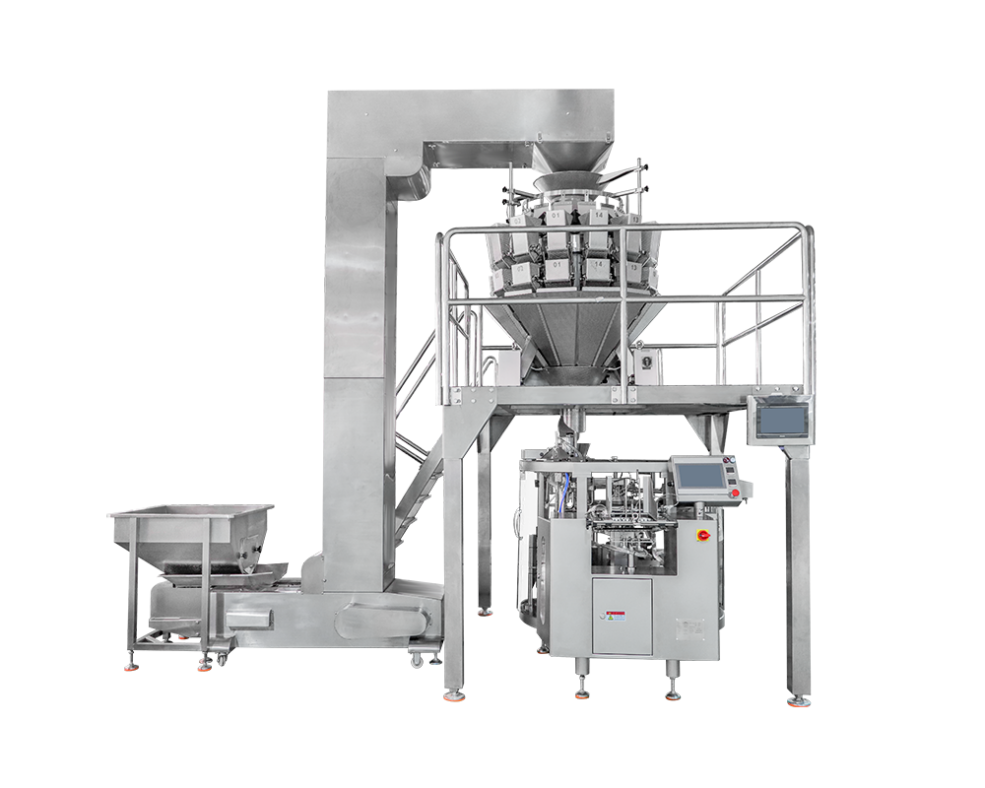
Ensuring Safety & Quality Through Packaging Excellence
Although secondary packaging does not replace the protective role of primary containers, it still plays a significant part in maintaining overall product integrity. High-quality secondary packaging prevents physical damage during storage and transportation, ensuring that soy milk powder sachets or bulk bags remain intact and free from contamination. Well-sealed pouches and carefully structured multi-packs reduce the risk of tears, leaks, or moisture exposure, all of which could compromise product usability. By combining durable packaging materials with automated sealing technologies, secondary packaging safeguards soy milk powder throughout the supply chain, reinforcing consumer trust.

Meeting Global Market Demands
The global demand for soy milk powder is growing as plant-based diets and dairy alternatives become more popular. However, packaging requirements vary significantly across regions. In developed markets, consumers often prefer smaller, portable packs that are convenient for single servings, while in emerging markets, larger pouches or economy bulk packs are more common. Secondary packaging provides the flexibility to address these differences, making it possible for the same product to be distributed across multiple markets with tailored formats. Automated solutions such as pouch packaging machines with advanced weighers allow producers to switch efficiently between packaging styles, ensuring compliance with local regulations while adapting to diverse consumer expectations.
Sustainability in Soy Milk Powder Secondary Packaging
Sustainability is increasingly shaping the packaging strategies of food manufacturers, and soy milk powder is no exception. Flexible pouches designed with thinner laminates, recyclable films, or compostable materials are gaining traction. Secondary packaging offers opportunities to minimize packaging material usage while still delivering durability and retail appeal. Automated packaging equipment supports sustainability goals by reducing overfilling, optimizing film use, and lowering overall waste. These improvements ensure that soy milk powder can be packaged in ways that not only meet consumer convenience but also align with environmental responsibility.
Why Secondary Packaging Matters
Secondary packaging for soy milk powder plays a critical role in connecting production with consumer needs. It enhances retail efficiency by simplifying logistics and shelf presentation, improves consumer convenience with easy-to-carry pack formats, and supports global trade by complying with regional standards. It also ensures operational efficiency through automated weighing and sealing systems, which guarantee consistency and accuracy. By fulfilling these combined functions, secondary packaging transforms soy milk powder into consumer-ready formats that are safe, appealing, and market-appropriate.
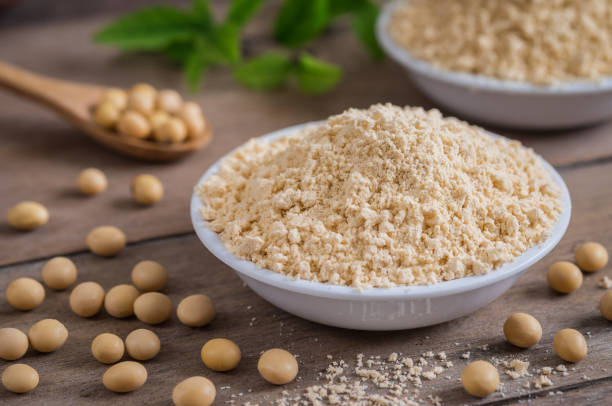
Conclusion
Soy milk powder secondary packaging is an essential process that enhances efficiency, adaptability, and sustainability in the food supply chain. With the use of pre-made pouch packaging machines and 14-head combination weighers, manufacturers can achieve precise and hygienic repacking tailored to retail and distribution needs. As consumer preferences evolve and sustainability becomes increasingly important, secondary packaging will continue to play a central role in ensuring that soy milk powder products remain competitive, safe, and accessible across global markets.
Get the latest price? We'll respond as soon as possible(within 12 hours)












